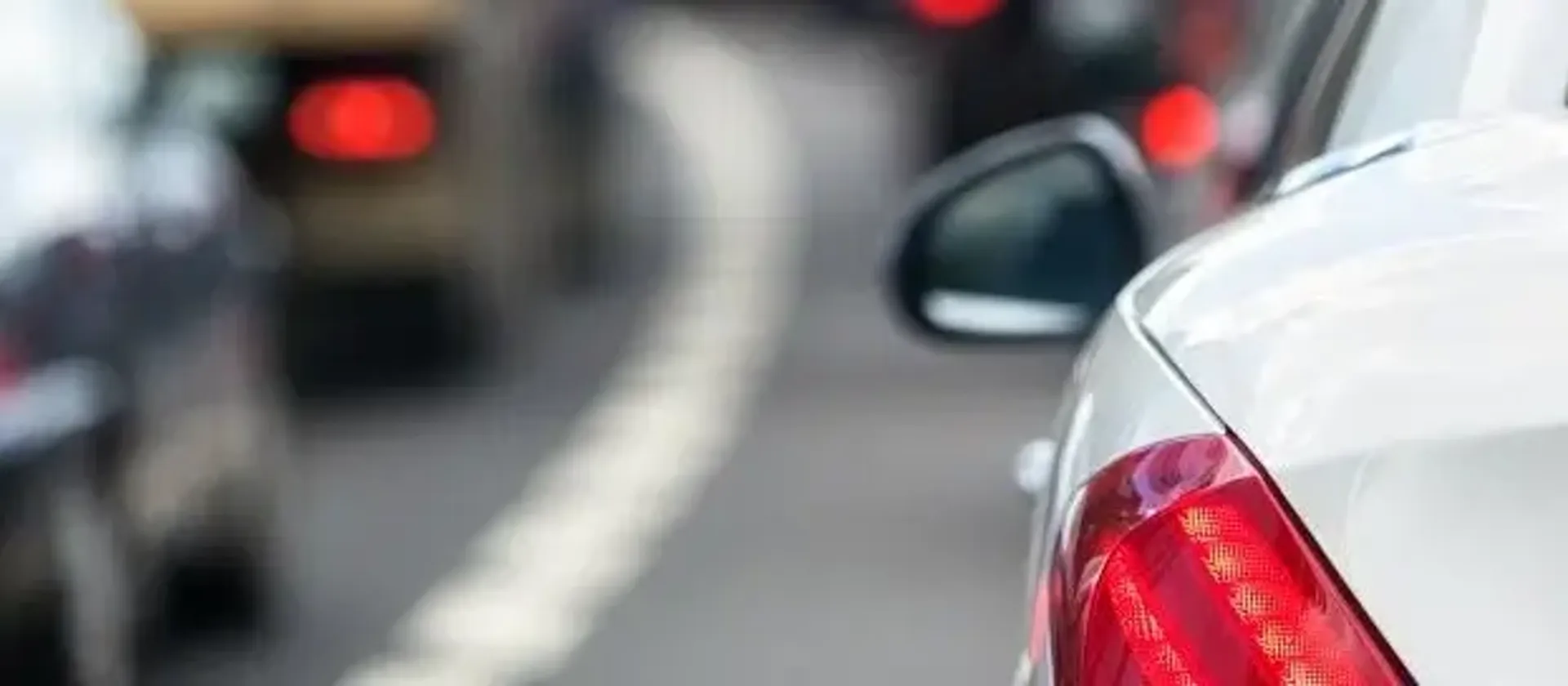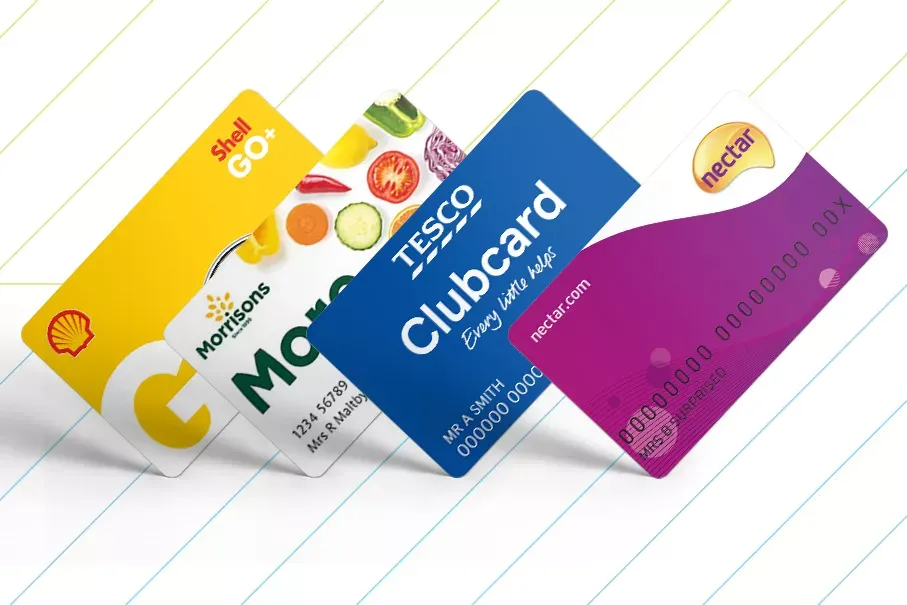03/12/2015

We all know the dangers of drink driving - and thankfully, statistics suggest that the ‘don’t drink and drive’ message has hit home. The number of drivers who drive after drinking at night has considerably shrunk. But the number of drivers getting stopped by police first thing in the morning, driving home after taking what they thought was the sensible option of staying over? That’s on the rise.
What’s the problem?
We all know that alcohol impairs key skills needed for driving - like hand-eye co-ordination and risk assessment. But how many of us understand that a few hours’ sleep isn’t sufficient to get the alcohol out of our systems?
Drinkaware, the UK alcohol industry’s responsibility and awareness trust, recently published an article outlining the potential dangers of driving the day after drinking. Their Chief Medical Adviser, Dr Paul Wallace, pointed out that coffee and cold showers don’t ‘eliminate the alcohol in any way’. Alcohol is removed from the bloodstream at a steady rate (around one unit per hour, on average, though the actual figure for you personally will be determined by your age, size, weight, and gender) - and there’s nothing you can do to speed the process up.
The solution is partying smarter
You don’t have to put down your pint glass and go through the festive period without a chance to party - but you do need to change the way you enjoy yourself, if you’re going to be safe and legal to drive the following day. The key is smart partying. Not just knowing your limits, but knowing how to keep them under control.
Start with ABV. You could drink a bottle of premium lager at 5% ABV or more: or you could change your tipple and go for something less powerful. There are plenty of real ales with sensible concentrations of alcohol - around 3.4% for what a seasoned landlord would call ‘session beer’. For wine drinkers, opt for a glass that’s 12% or less, and drink small ones instead of large.
Alternate pints, glasses of wine or mixed drinks with a pint of water. Don’t have double measures of spirits. And, most importantly, quit drinking alcohol a long time before you go to bed. This will give your body plenty of time to process the festive booze before you need to get up and drive.
Know the risks, know the percentages
The government’s ‘lower-risk guideline’ recommends 3-4 units per day for men and 2-3 units per day for women. Respectively, that’s equivalent to 1.5 pints at 4% ABV for men and 1 pint at 4% for women. Find out how much alcohol is in your favourite drink, and you’ll get a much better idea of how much you can drink to stay within these guidelines.
At Christmas time, everyone pushes the boat out. You can too, as long as you’re not driving the next day. If you are, you can still enjoy yourself at a party. Just remember to do it sensibly. Be aware of how much you drank, and how long it is since your last drink, and you’ll have a much clearer idea of whether you’re safe to drive in the morning.
If you’re unsure about how your night will go it’s always best to make a plan so you’re not in danger of putting yourself or other drivers at risk. The train is a great alternative and if you book in advance online through redspottedhanky.com you’ll get a great deal and stay safe this Christmas!
What are your thoughts? Let us know your views on Twitter or LinkedIn.


